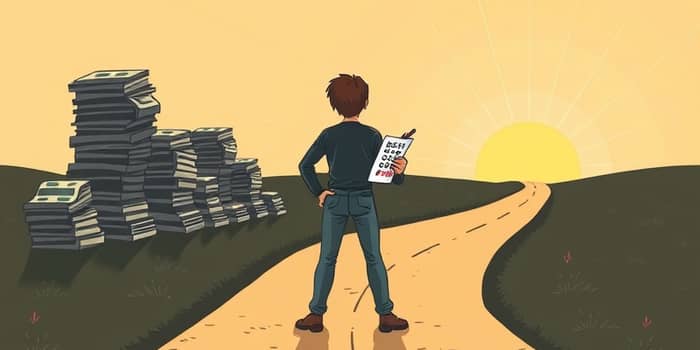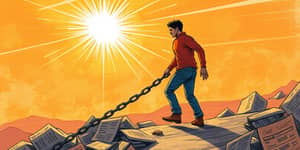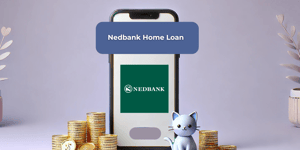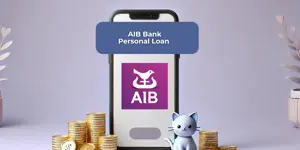
Borrowing can be a powerful tool when managed wisely, but without a clear plan it can quickly turn into a downward spiral. This guide offers a blend of expert insights, emotional support, and practical steps to ensure you maintain control of your financial journey. By recognizing red flags early and adopting sound strategies, you can break free from mounting obligations and pave the way to lasting stability.
A debt spiral occurs when individuals escalate borrowing just to cover existing obligations, leading to an ever-growing pile of unpaid balances and fees. This cycle often starts innocently: a small emergency or routine expense triggers the need to reach for a credit card or high-interest loan.
Over time, high-interest charges compound rapidly, making it harder to reduce the principal balance. The result is a relentless snowball effect that can feel overwhelming and demoralizing.
Common triggers include:
Missing payments and accruing late fees fuel the snowball effect created by high-interest charges. For instance, a $4,000 balance at a 22% APR can take over 21 years to pay off if only minimum payments are made, trapping you in a cycle of interest that outpaces your ability to catch up.
Consequences of an unchecked debt spiral include:
Beyond numbers, the psychological toll is severe. Persistent anxiety and high stress can impair decision-making, leading to impulsive spending or avoidance of financial matters altogether.
Early detection is vital to stopping the spiral before it gains momentum. Watch for these red flags:
Once you recognize these patterns, it’s time to take decisive action and regain control.
Facing your debt head-on can feel daunting, but systematic efforts break the cycle. Begin with a clear assessment of your financial standing.
Once immediate threats are under control, focus on building habits that prevent future spirals. Start by establishing an emergency fund. Even a small cushion can eliminate the need to borrow for unforeseen expenses like medical bills or car repairs.
Awareness of typical mistakes keeps you vigilant. Avoid continuously transferring balances without addressing overspending; this merely kicks the can down the road. Never ignore the root causes of debt, such as an unsustainable lifestyle or lack of savings. Finally, don’t delay seeking help—professional guidance often saves time, money, and mental health compared to navigating alone.
Escaping and preventing a debt spiral demands both immediate action and disciplined habits. By combining a clear understanding of the mechanics, timely recognition of warning signs, and structured strategies for repayment and prevention, you can reclaim your financial freedom. Remember, every small step forward builds momentum, transforming anxiety into confidence. With determination and the right approach, you’ll not only avoid future spirals, but also thrive on a path of lasting stability.
References













